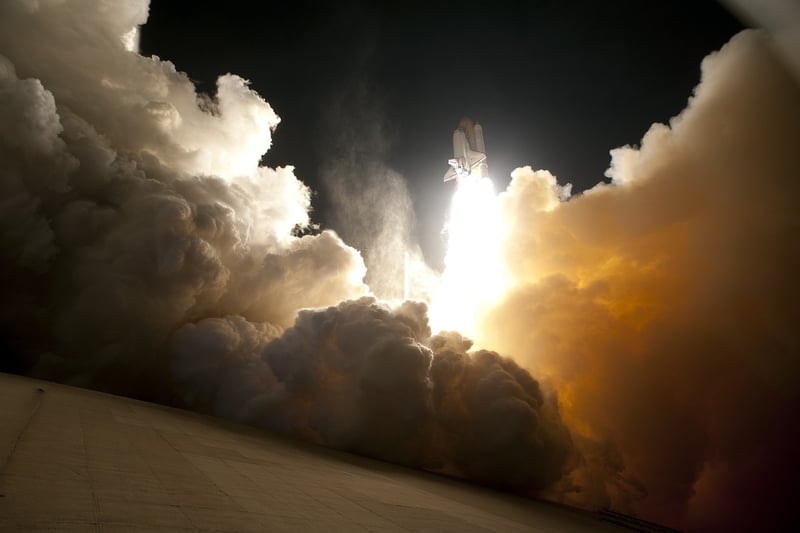Space Exploration
The Intersection of Cutting-Edge Technology and Space Exploration
Space exploration has always been at the forefront of technological innovation. From the early days of the space race to the current era of commercial space travel, advancements in technology have played a crucial role in pushing the boundaries of human exploration beyond Earth. Let's delve into some of the cutting-edge technologies that are shaping the future of space exploration:
1. Artificial Intelligence (AI)
AI is revolutionizing space exploration by enabling autonomous decision-making, predictive maintenance, and data analysis. From assisting in mission planning to optimizing resource utilization on spacecraft, AI is a game-changer in enabling efficient and cost-effective space missions.
2. Robotics
Robotic systems are essential for performing tasks in space that are too dangerous or impractical for humans. Robotic arms, rovers, and drones are being used to explore distant planets, conduct repairs on spacecraft, and even build structures in space for future habitats.
3. Additive Manufacturing (3D Printing)
3D printing technology is revolutionizing space exploration by allowing astronauts to manufacture tools, spare parts, and even entire structures in space. This capability reduces the need for resupply missions and enables long-duration space missions to be more self-sustainable.
4. Quantum Computing
Quantum computing has the potential to revolutionize data processing and encryption in space missions. Its ability to perform complex calculations at speeds unimaginable with classical computers makes it invaluable for tasks such as simulating planetary atmospheres or optimizing spacecraft trajectories.
5. Space Debris Tracking
As the amount of space debris increases, the need for advanced tracking and mitigation technologies becomes critical. Cutting-edge sensors, radar systems, and machine learning algorithms are being employed to track and predict the movement of space debris to ensure the safety of spacecraft and satellites in orbit.
6. Virtual Reality (VR) and Augmented Reality (AR)
VR and AR technologies are transforming the way astronauts train for space missions and conduct extravehicular activities. By creating realistic simulations of space environments and providing interactive training modules, VR and AR enhance astronaut preparedness and improve mission success rates.
Conclusion
As we look towards the future of space exploration, it is evident that cutting-edge technologies will continue to drive innovation and expand our understanding of the universe. By leveraging AI, robotics, 3D printing, quantum computing, space debris tracking, VR, and AR, we are paving the way for exciting new discoveries and unprecedented feats in space exploration.
Image Source: Space Shuttle Discovery Lift-off

